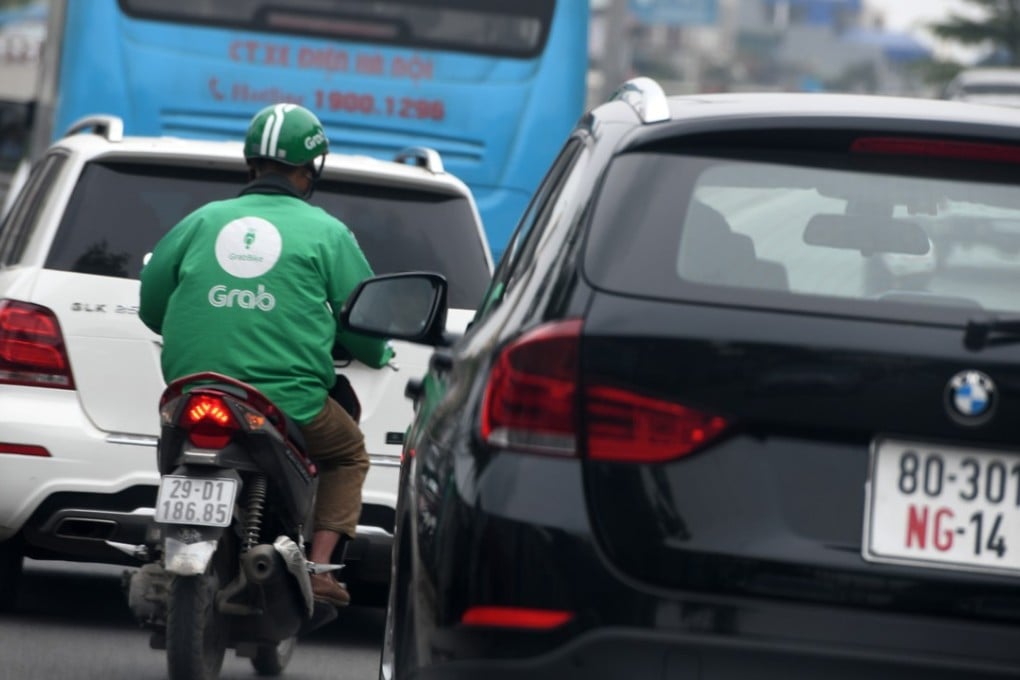No free ride for Singapore’s Grab after Uber exits Southeast Asia
The Lion City-based ride-hailing company’s acquisition of rival Uber’s regional business isn’t going as smoothly as planned, with antitrust regulators increasing scrutiny two months after the deal was announced

Just when it appeared Grab would have a wide-open road in Southeast Asia, the Singapore-based ride-hailing firm is now facing a new regional competitor and potential roadblocks from antitrust regulators.
Grab’s acquisition of Uber’s Southeast Asia business in late March had seemed to set the stage for an easy race to the top of the region’s rapidly expanding ride-hailing market by forcing out the company’s top competition.
However, on Thursday Indonesian upstart Go-Jek announced plans to invest US$500 million to bring its rivalry with Grab to Vietnam, Thailand, Singapore and the Philippines in the next few months.

The fresh competition comes as Grab’s deal with San Francisco-based Uber comes under scrutiny from antitrust regulators in Singapore, Malaysia, the Philippines, and more recently, Vietnam, which on May 18 announced it was launching a 180-day probe into the acquisition.
The Vietnam Competition Authority said that it would block the deal if together the companies owned more than half of the market share in the country.